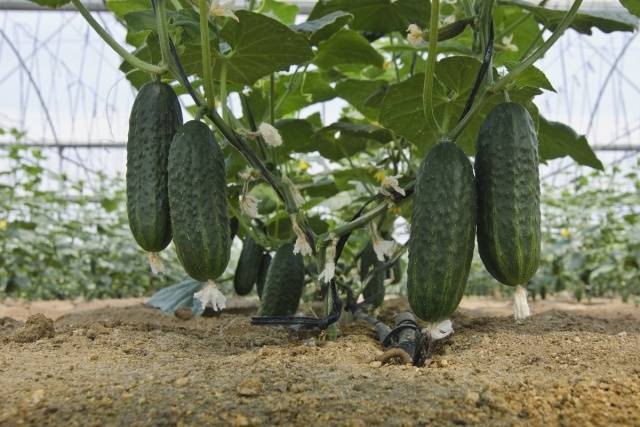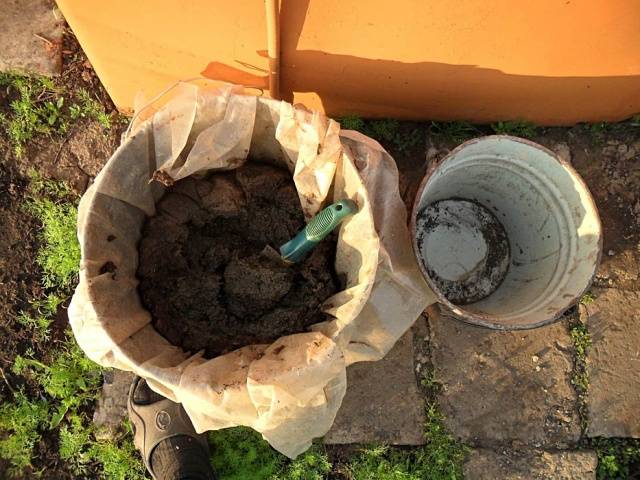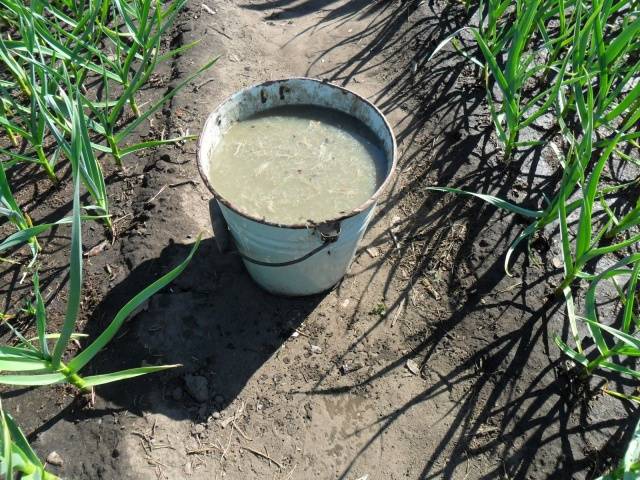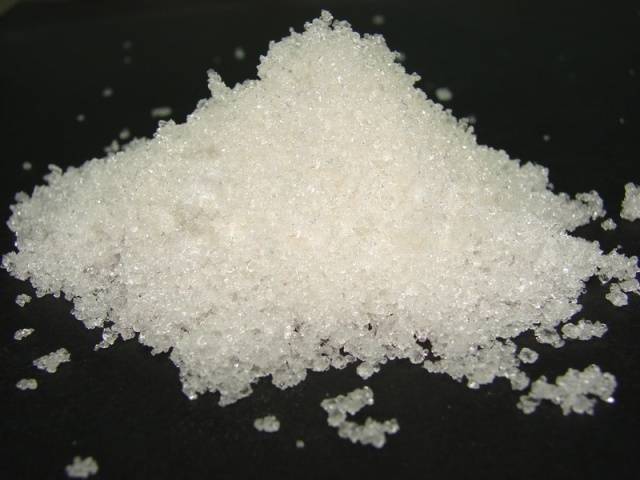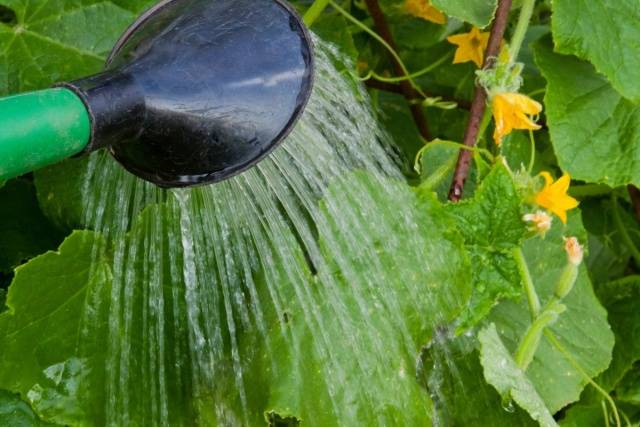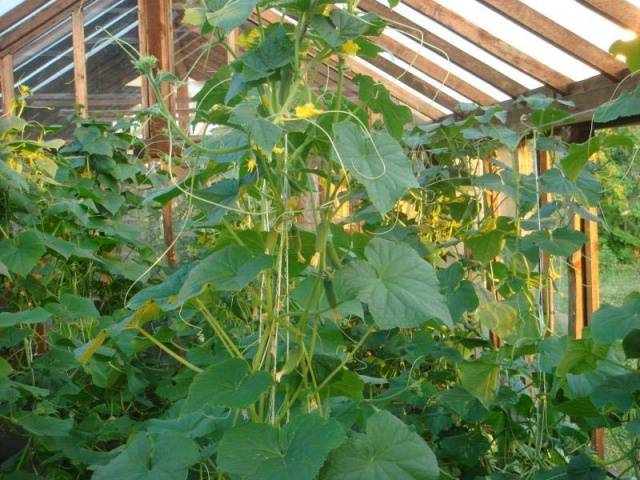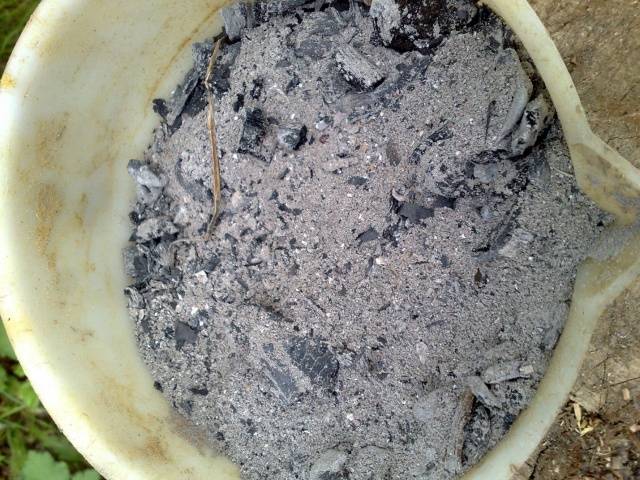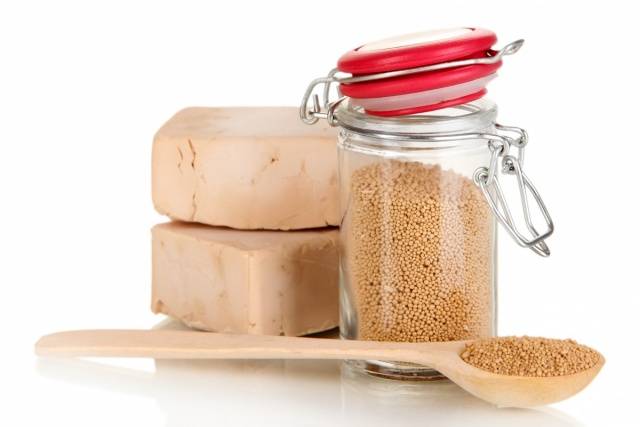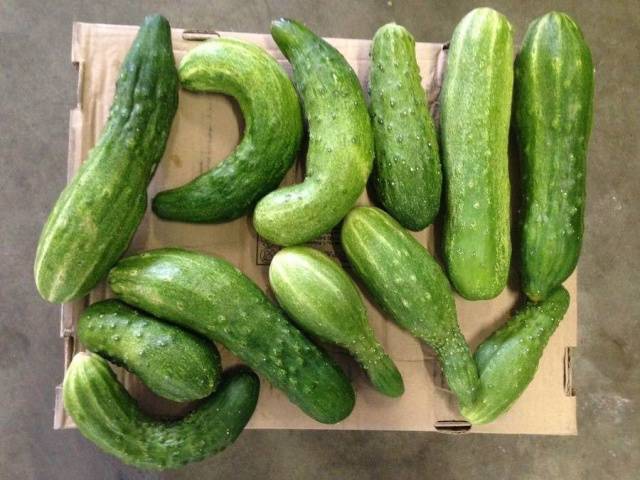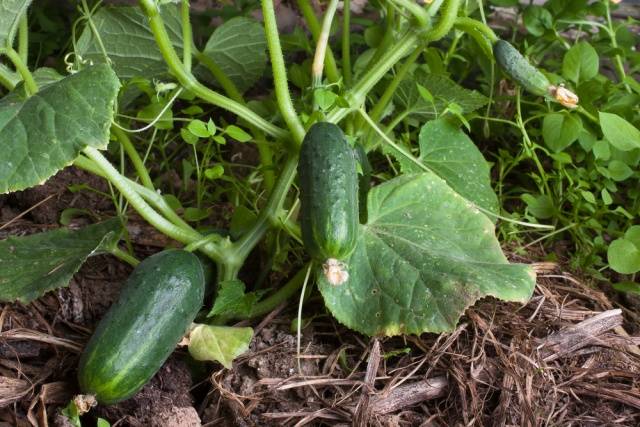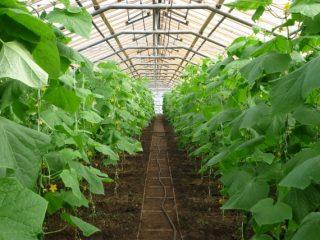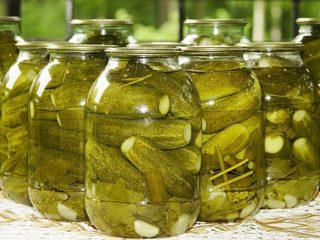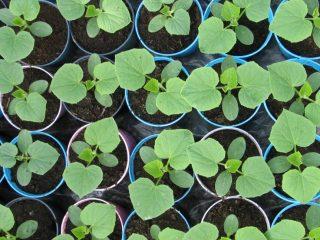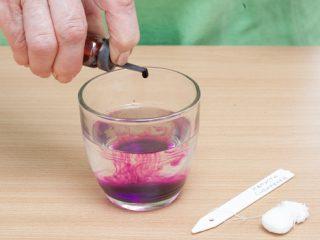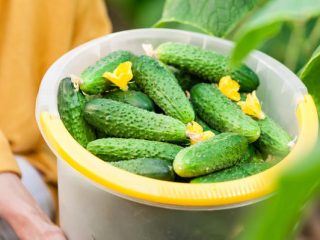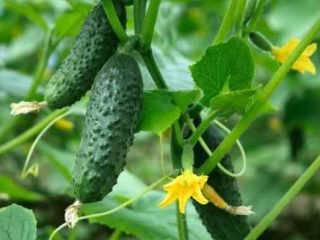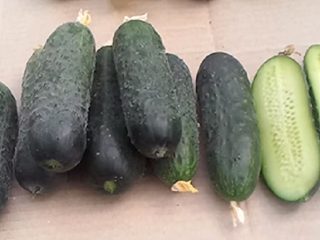Content
Wherever you grow vegetables, for their full development and high yield it is important to add V soil micronutrients. There are not enough nutrients in the soil, which is why it is necessary to add fertilizers to it. This article will discuss how feeding cucumbers during flowering and fruiting.
It is worth noting that cucumbers have a poorly developed root system, as a result of which they do not receive nutrients hidden in the deep layers of the soil. A lack of microelements leads to poor yields. Therefore, we invite you to read this article to find out when, how and what fertilizers are best to feed cucumbers. For the development of the bush and fruiting of cucumbers, the following microelements must be in sufficient quantities in the soil:
- phosphorus;
- nitrogen;
- calcium.
Preparing the soil for sowing cucumbers
To improve the yield of cucumbers, you first need to prepare the soil. This should be done in the fall and again in the spring.Features of soil preparation at these times of the year will be considered separately.
Autumn soil preparation in a greenhouse
After harvesting, you should carefully clear the beds of bushes and leaves, as well as weed, and then dig up the soil. All elements of the greenhouse, both metal and wooden, must be disinfected. This procedure should also be carried out with glass. A bleach solution can serve as a disinfectant. So, you will need 300 g of lime, which must be diluted in 10 liters of water. The composition should infuse for 3–4 hours. The elements of the greenhouse are sprayed with water, and the cracks are treated with sediment. Afterwards the soil is dug up, but fertilizer is first added to it. This can be humus, rotted manure or compost, per 1 m2 you will need a bucket of fertilizer. After digging, 300–500 g of fluff lime or dolomite flour is added to the soil per 1 m2. This is necessary to reduce soil acidity.
Spring soil work
In the spring you need to apply fertilizer again and dig up the soil:
- 20 g sulfate Potassium;
- about 30 g of ammonium nitrate;
- about 30 g of superphosphate.
It is important to apply fertilizers in advance, at least 7 days before planting cucumbers in the greenhouse. After this, the soil must be disinfected using a solution of potassium permanganate at the rate of 3 g per 10 liters of water. Then the ground is covered with a transparent film, which will need to be removed immediately before sowing seeds or planting seedlings.
Fertilizers that increase productivity
In order for the cucumber harvest to please you, it is important to fertilize the soil. What fertilizers are suitable for this?
Nitrogen
If the soil is saturated with nitrogen, then all stages of plant growth will proceed safely, which will increase the yield of cucumbers. ABOUT shortage Nitrogen fertilizers are indicated by yellowing of leaves and slower growth. List nitrogen-containing fertilizers:
- chicken droppings;
- ammonium nitrate;
- cow/horse manure;
- compost.
If you decide to purchase ready-made nitrogen fertilizers, keep in mind that some of them contain nitrates (toxic substances). They accumulate in the soil, are absorbed by plants and enter the human body through fruits. Check the composition of fertilizers. Avoid those that contain nitrate nitrogen.
Preparation of chicken manure
Organic fertilizers increase the fruitfulness of cucumbers. An excellent way to feed is fermented chicken manure. To prepare it, you need to dilute the litter with water and keep it in a warm place, at a temperature above +20ºС. You need to pour this mixture over the dug up soil and lightly loosen it with a rake.
Potassium
Potassium, like nitrogen, increases productivity and promotes the normal development of bushes. In case of potassium deficiency, the fruits are small and hard. It is better to fertilize before planting the bushes in the ground.
Cucumbers respond well to Potassium Sulfate. So, you will not only increase the fruitfulness of plants, but also strengthen their immunity. Potassium sulfate is used to feed the root system. At the beginning of fruiting, the application of potassium fertilizers should be increased. The amount of potassium added to the soil depends on the quality of the soil and the condition of the cucumber bushes.
Calcium
A sign of calcium deficiency is the drying out of blossoming flowers and cucumber ovaries.In this case, the fruits have an irregular shape and immediately turn yellow and lose their taste. Feeding is carried out before the beginning of the flowering period. Egg shells contain large amounts of calcium. Pound it and sprinkle the resulting flour on the soil.
Feeding during flowering and fruiting
If feeding cucumbers in a greenhouse involves the introduction of nitrogen-containing components, then for bushes planted in open ground you need to prepare another vitamin complex and microelements. When feeding garden cucumbers, add the following composition to the soil:
- 30 g ammonium nitrate;
- 20 g potassium salt;
- 40 g superphosphate.
All these components are diluted with 10 liters of water.
At the beginning and after the end of the flowering period, cucumber leaves need to be sprayed with a solution boric acid. For 10 liters of water you will need ¼ tablespoon of this product. Feeding cucumbers during fruiting is especially important, since during this period vegetables take all nutrients from the soil. This means that it is important to saturate the soil with them, thereby making up for the shortage. Greenhouse cucumbers are fertilized after the formation of the first fruits. To do this, make a solution of nitrophoska. For 10 liters of water you will need 1 tbsp. l. this remedy. After 7 days, you should fertilize the beds again, but with a different composition - for 1 bucket of water you will need 1 tbsp. l. sodium sulfate and 0.5 liters of mullein. Next, feeding the cucumbers in the greenhouse is carried out once a week, but now you need to add growth stimulants. These include herbal infusions and compost.
You need to add urea to bushes growing in open ground by diluting 50 g of the composition per 10 liters of water. Spraying is carried out on a cloudy day or in the evening. In addition, it is recommended to enter mineral fertilizers, alternating them with organic matter.It would be nice if fertilizing cucumbers in a greenhouse included phosphorus. This is important, because otherwise the roots will develop poorly and the bushes will stop bearing fruit. With the timely application of phosphorus to the soil, flowering can be activated, which helps to increase productivity. Among other things, potassium promotes the absorption and movement of other nutrients through the root system.
The role of wood ash in feeding cucumbers
Ordinary wood ash can provide excellent protection against most diseases of cucumbers. It contains many useful substances, including potassium. Ash can be added even during the harvest period, as it is absolutely harmless to the body. There are several ways to fertilize cucumbers with ash:
- sprinkle the soil with pre-sifted ash;
- spray the leaves with ash solution;
- pour a solution of ash under the roots.
The ash solution is prepared in the proportion of 1 cup of ash per bucket of water. It must be infused for 24 hours. If you use the solution to spray bushes, you should first strain it. The water must have a temperature of at least 20ºС.
Yeast as a feeding option
Some gardeners prefer to use yeast as fertilizer for cucumbers. The recipe for preparing the composition is to dilute 1 kg of fresh yeast in 5 liters of water. To use this fertilizer, you will need to take 0.5 liters of diluted yeast and dilute it with a bucket of water. It is enough to pour 0.5 liters of liquid under one bush.
This simple recipe for environmentally friendly fertilizer will allow you to grow healthy cucumber bushes that will bring you a rich harvest.
Excess and shortage of elements. Why are they dangerous?
It is worth noting that both a lack of nutrients in the soil is detrimental to cucumbers, and their excess. How to determine whether bushes lack elements or have too many of them? You can do this visually:
- Excess nitrogen leads to delayed flowering. In addition, the leaves will have a characteristic dark color and will also be too dense. If there is a lack of nitrogen, fruits with an enlarged stalk will appear.
- Excess potassium slows down the growth of the bush. The lack of this element leads to the development of fruits of irregular shape with a thin stalk.
- Excess phosphorus leads to early yellowing of leaves.
- Interveinal chlorosis is a sign of high amounts of calcium in the soil.
After cucumber ovaries appear on the bushes, you need to fertilize them in 2 stages. The first is designed to ensure a high-quality and abundant harvest, and the second is to increase the fruiting period.
Procedures to prolong fruiting
To cause secondary flowering of the crop, additional fertilizers must be applied. In this case, you can use:
- a solution of a glass of ash in 1 bucket of water;
- a solution of baking soda and water in a proportion of 30 g per 12 l;
- urea in a proportion of 15 g per 12 liters of water;
- an infusion of rotted hay soaked in water for 24 hours.
Conclusion
With proper use of fertilizers during flowering and fruiting, your harvest will not only be abundant, but also of high quality. You will forget about limp, yellow and crooked cucumbers. We also invite you to watch a video on the topic:
